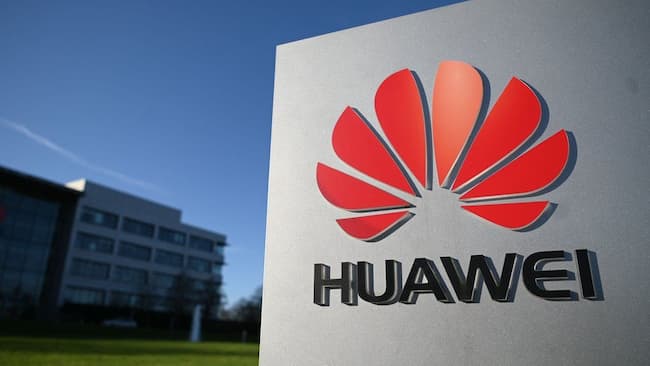Despite reporting a slight increase in annual revenue on Friday, which was accompanied by a nearly 69% decline in net profit, Huawei Technologies of China declared that it was “out of crisis mode.”
The tech conglomerate added that progress was being made in replacing parts impacted by US sanctions as a result of the enormous sums it spends on research.
As a result of repeated rounds of US export controls since 2019 that devastated its once-dominant smartphone business, its revenue increased by 0.9%, indicating that the company has attained some level of stability.
A significant supplier of 5G telecommunications network equipment, however, reported a net profit of 35.6 billion yuan ($5.18 billion), a significant decrease from 2021 when profit was aided by the sale of its Honor mid-range smartphone business. Even when compared to 2020, the decline was still significant; it was down 44%.
Top Huawei officials told reporters that after Washington restricted the company’s supply of chips and chip design tools from US companies, they had been forced into “a fatal impasse” and had to “fight their way out.”
“The year 2022 marks the year that we emerged from crisis mode. The daughter of the company’s founder and chief financial officer Meng Wanzhou declared, “We’re back to business as usual”.
Huawei denies that it poses a security risk, as claimed by the US. Meng was held for three years in Canada due to tensions with the US over alleged efforts to hide attempts by companies connected to Huawei to sell equipment to Iran in violation of US sanctions.
Meng had her charges dropped, and in 2021 she went back to China. Every six months, Huawei rotates its chairperson, and on Saturday, Meng will assume that role.
Over the course of the year, R&D spending increased 13.2% to 161.5 billion yuan ($23.50 billion), or one-fourth of the company’s revenue.
According to Meng, these expenditures assisted Huawei in replacing components in its products that were impacted by US trade sanctions. Ren Zhengfei, the company’s founder, stated in February at a university that more than 13,000 parts had been changed.
Without going into specifics, Chairman Eric Xu stated that the company will support efforts made by the semiconductor industry to become more self-reliant. Like Huawei, the semiconductor industry in China has been the target of US export control measures.
The amount of revenue for 2022 was 642.3 trillion yuan ($93.48 trillion). Even though that was a slight increase over 2021, it was still a far cry from the record 891.3 billion yuan ($129.72 billion) logged in 2019, when Huawei was the world’s leading supplier of Android smartphones.














